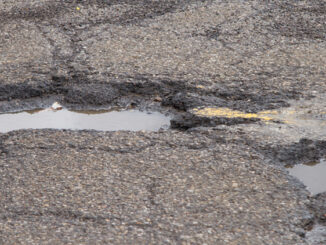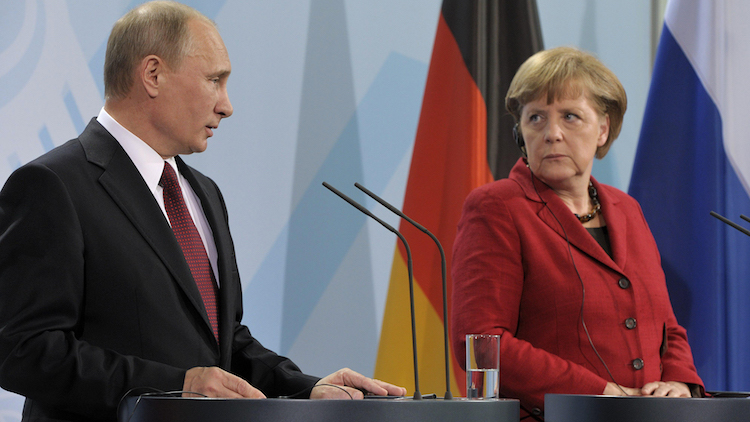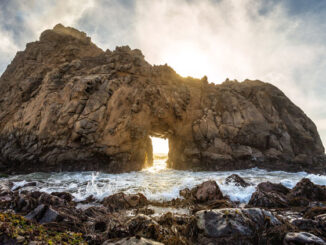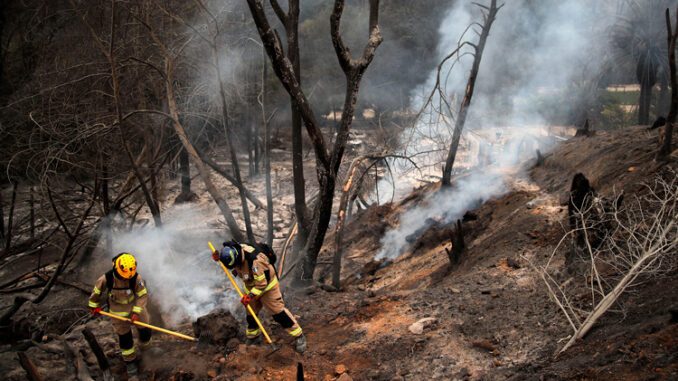
Early in February, two different parts of the world experienced natural disasters. They were very different disasters. Both had the same cause.
The country of Chile suffered the deadliest wildfires in the country’s history. Over 130 people died. The fires came after the country had experienced extremely high temperatures. It was almost 100 °F. The climate was very dry and windy. This made it easy for fires to spread.
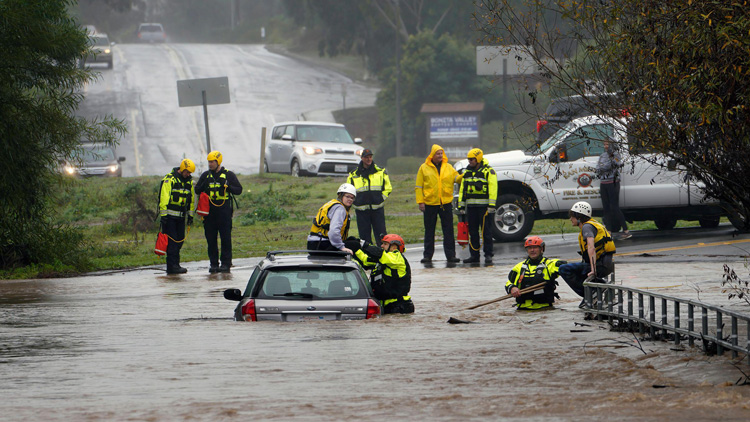
At the same time, California had devastating flooding, mudslides, and power outages. These rains were caused by an atmospheric river. Atmospheric rivers are very narrow, intense bands of water in the atmosphere. They are like rivers in the atmosphere. They move to the West Coast from the Pacific Ocean. Los Angeles, California, experienced over a month’s worth of rain in two days.
California and Chile are almost 6,000 miles apart. Floods are very different from fires. So, what do these disasters have in common? El Niño.
El Niño happens when waters in the Pacific Ocean are warmer than usual. This causes wind currents to change. In the United States, cold, rainy air moves eastward through the southern part of the country. Atmospheric rivers can occur during this movement. In South America, El Niño causes warm summers. This makes wildfires more likely. El Niño shows how everything is connected. The temperature of water in one place can have serious effects thousands of miles away!
What Can You Do? Research charities or ways to raise help for those who have been affected by flooding in California or wildfires in Chile.
Photo Credits: Top: JAVIER TORRES/AFP/Getty Images; Bottom: Nelvin C. Cepeda/San Diego U-T/ZUMA Press Inc/Alamy Stock Photo

